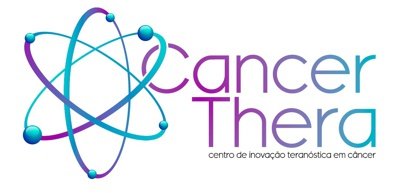Lista completa de Publicações
Utilize os filtros e o sistema de buscas abaixo para explorar nosso acervo.
Rezende, Wallace S.; Neto, Antonio Marçal; Corbi, Juliano J.; Corbi, Pedro P.; de Paiva, Raphael E. F.; Bergamini, Fernando R. G.
Coordination Compounds as Antivirals against Neglected Tropical Diseases Journal Article
Em: ChemMedChem, 2024, ISSN: 1860-7187.
Resumo | Links | BibTeX | Tags: Área Básica
@article{Rezende2024,
title = {Coordination Compounds as Antivirals against Neglected Tropical Diseases},
author = {Wallace S. Rezende and Antonio Marçal Neto and Juliano J. Corbi and Pedro P. Corbi and Raphael E. F. de Paiva and Fernando R. G. Bergamini},
doi = {10.1002/cmdc.202400799},
issn = {1860-7187},
year = {2024},
date = {2024-12-09},
urldate = {2024-12-09},
journal = {ChemMedChem},
publisher = {Wiley},
abstract = {<jats:title>Abstract</jats:title><jats:p>Neglected tropical viral diseases are a burden to social and economic welfare being responsible for higher pathogen‐related mortality rates and chronic debilitating patient conditions. Climatic changes have widened up the infectibility ratio of such diseases, with autochthonous transmission in formerly temperate‐to‐cold environments. The slow‐paced development of potential vaccines followed by the inexistence of antiviral drugs for such diseases considerably worsens the situation. Coordination compounds are a class of molecules that have been extensively explored as antiviral drugs for viruses such as poliovirus, HIV and, more recently, SARS‐CoV‐2, figuring as potential molecules to be explored and capitalized as antivirals against neglected viral strains. In this review the current efforts from the inorganic medicinal chemistry to address viral neglected tropical diseases, with emphasis to coordination compounds, is presented. Since many of neglected viruses are also arthropod‐borne viruses, relying on a vector for transmission, coordination entities able to mitigate vectors are also presented as a parallel strategy to prevent and control such diseases.</jats:p>},
keywords = {Área Básica},
pubstate = {published},
tppubtype = {article}
}
Toledo, Cibele Rodrigues; Tantawy, Ahmed A.; Fuscaldi, Leonardo Lima; Malavolta, Luciana; de Aguiar Ferreira, Carolina
EGFR- and Integrin αVβ3-Targeting Peptides as Potential Radiometal-Labeled Radiopharmaceuticals for Cancer Theranostics Journal Article
Em: IJMS, vol. 25, não 15, 2024, ISSN: 1422-0067.
Resumo | Links | BibTeX | Tags: Área Básica
@article{RodriguesToledo2024,
title = {EGFR- and Integrin αVβ3-Targeting Peptides as Potential Radiometal-Labeled Radiopharmaceuticals for Cancer Theranostics},
author = {Cibele Rodrigues Toledo and Ahmed A. Tantawy and Leonardo Lima Fuscaldi and Luciana Malavolta and Carolina de Aguiar Ferreira},
doi = {10.3390/ijms25158553},
issn = {1422-0067},
year = {2024},
date = {2024-08-00},
urldate = {2024-08-00},
journal = {IJMS},
volume = {25},
number = {15},
publisher = {MDPI AG},
abstract = {<jats:p>The burgeoning field of cancer theranostics has witnessed advancements through the development of targeted molecular agents, particularly peptides. These agents exploit the overexpression or mutations of specific receptors, such as the Epidermal Growth Factor receptor (EGFR) and αVβ3 integrin, which are pivotal in tumor growth, angiogenesis, and metastasis. Despite the extensive research into and promising outcomes associated with antibody-based therapies, peptides offer a compelling alternative due to their smaller size, ease of modification, and rapid bioavailability, factors which potentially enhance tumor penetration and reduce systemic toxicity. However, the application of peptides in clinical settings has challenges. Their lower binding affinity and rapid clearance from the bloodstream compared to antibodies often limit their therapeutic efficacy and diagnostic accuracy. This overview sets the stage for a comprehensive review of the current research landscape as it relates to EGFR- and integrin αVβ3-targeting peptides. We aim to delve into their synthesis, radiolabeling techniques, and preclinical and clinical evaluations, highlighting their potential and limitations in cancer theranostics. This review not only synthesizes the extant literature to outline the advancements in peptide-based agents targeting EGFR and integrin αVβ3 but also identifies critical gaps that could inform future research directions. By addressing these gaps, we contribute to the broader discourse on enhancing the diagnostic precision and therapeutic outcomes of cancer treatments.</jats:p>},
keywords = {Área Básica},
pubstate = {published},
tppubtype = {article}
}
Candido, Tuany Zambroti; Quintanilha, Mariana Mazzo; Schimitd, Bianca Alves; de Alencar Simoni, Déborah; Nakahata, Douglas Hideki; de Paiva, Raphael Enoque Ferraz; Cerqueira, Igor Henrique; Resende, Flávia Aparecida; Carvalho, João Ernesto; Ruiz, Ana Lucia Tasca Gois; Lima, Carmen Silvia Passos; Corbi, Pedro Paulo
Crystal Structure and Anti-Proliferative and Mutagenic Evaluation of the Palladium(II) Complex of Deoxyalliin Journal Article
Em: Inorganics, vol. 12, não 7, 2024, ISSN: 2304-6740.
Resumo | Links | BibTeX | Tags: Área Básica
@article{Candido2024,
title = {Crystal Structure and Anti-Proliferative and Mutagenic Evaluation of the Palladium(II) Complex of Deoxyalliin},
author = {Tuany Zambroti Candido and Mariana Mazzo Quintanilha and Bianca Alves Schimitd and Déborah de Alencar Simoni and Douglas Hideki Nakahata and Raphael Enoque Ferraz de Paiva and Igor Henrique Cerqueira and Flávia Aparecida Resende and João Ernesto Carvalho and Ana Lucia Tasca Gois Ruiz and Carmen Silvia Passos Lima and Pedro Paulo Corbi},
doi = {10.3390/inorganics12070194},
issn = {2304-6740},
year = {2024},
date = {2024-07-00},
urldate = {2024-07-00},
journal = {Inorganics},
volume = {12},
number = {7},
publisher = {MDPI AG},
abstract = {<jats:p>Platinum(II) and palladium(II) complexes have been investigated as potential anticancer drugs since the serendipitous discovery of the antineoplastic activities of cisplatin in the 1960s. Skin cancer is considered the most common malignant neoplasm that affects humans, and melanoma is the most lethal type of skin cancer. Surgical excision is the main form of treatment, which also may include radiotherapy, systemic chemotherapy, and immunotherapy. In this work, new insights concerning the structural characterization and in vitro anti-proliferative activity of the palladium(II) complex with the amino acid deoxyalliin (Pd-sac) against a panel of thirteen human tumor cells, with emphasis on skin cancer cell lines, are presented. The composition of the complex was confirmed by elemental analysis as [Pd(C6H10NO2S)2]. The structure of the complex was elucidated for the first time by a single-crystal X-ray diffraction technique. Each deoxyalliin molecule coordinates in a bidentate N,S-mode to palladium(II) in a trans-configuration analogous to the platinum(II) deoxyalliin complex early reported. As the main result, the Pd-sac complex showed a selective anti-proliferative activity against melanoma (UACC-62, TGI = 63.5 µM), while both deoxyalliin and K2PdCl4 were inactive against all cell lines. Moreover, Pd-sac did not affect the proliferation of non-tumorigenic keratinocytes (HaCaT, TGI > 586 µM) and was non-mutagenic in the Ames assay. The results open new perspectives for in vivo studies concerning the application of the Pd-sac complex in the treatment of melanoma.</jats:p>},
keywords = {Área Básica},
pubstate = {published},
tppubtype = {article}
}
Teixeira, Cristiane F. A.; Teixeira, Estefane I.; Nascimento, J. P. C.; Júnior, Amilcar M.; Pinto, L. M. C.; Caires, Anderson R. L.; Alcantara, G. B.; Micheletti, Ana C.; Deflon, Victor M.; Back, Davi F.; Silva, Heveline; Pizzuti, Lucas; Casagrande, Gleison Antônio
Em: Inorganica Chimica Acta, vol. 560, 2024, ISSN: 0020-1693.
Links | BibTeX | Tags: Área Básica
@article{Teixeira2024,
title = {New binuclear copper(I) complexes with dual bioactivity: Synthesis, structural characterization and biological assays against bacteria and cancer},
author = {Cristiane F.A. Teixeira and Estefane I. Teixeira and J.P.C. Nascimento and Amilcar M. Júnior and L.M.C. Pinto and Anderson R.L. Caires and G.B. Alcantara and Ana C. Micheletti and Victor M. Deflon and Davi F. Back and Heveline Silva and Lucas Pizzuti and Gleison Antônio Casagrande},
doi = {10.1016/j.ica.2023.121818},
issn = {0020-1693},
year = {2024},
date = {2024-01-00},
urldate = {2024-01-00},
journal = {Inorganica Chimica Acta},
volume = {560},
publisher = {Elsevier BV},
keywords = {Área Básica},
pubstate = {published},
tppubtype = {article}
}
Leitao, Renan C. F.; Silva, Francisco; Ribeiro, Gabriel H.; Santos, Isabel C.; Guerreiro, Joana F.; Mendes, Filipa; Batista, Alzir A.; Pavan, Fernando R.; da S. Maia, Pedro Ivo; Paulo, António; Deflon, Victor M.
Em: Journal of Inorganic Biochemistry, vol. 240, 2023, ISSN: 0162-0134.
Links | BibTeX | Tags: Área Básica
@article{Leitao2023,
title = {Gallium and indium complexes with isoniazid-derived ligands: Interaction with biomolecules and biological activity against cancer cells and Mycobacterium tuberculosis},
author = {Renan C.F. Leitao and Francisco Silva and Gabriel H. Ribeiro and Isabel C. Santos and Joana F. Guerreiro and Filipa Mendes and Alzir A. Batista and Fernando R. Pavan and Pedro Ivo da S. Maia and António Paulo and Victor M. Deflon},
doi = {10.1016/j.jinorgbio.2022.112091},
issn = {0162-0134},
year = {2023},
date = {2023-03-00},
urldate = {2023-03-00},
journal = {Journal of Inorganic Biochemistry},
volume = {240},
publisher = {Elsevier BV},
keywords = {Área Básica},
pubstate = {published},
tppubtype = {article}
}






